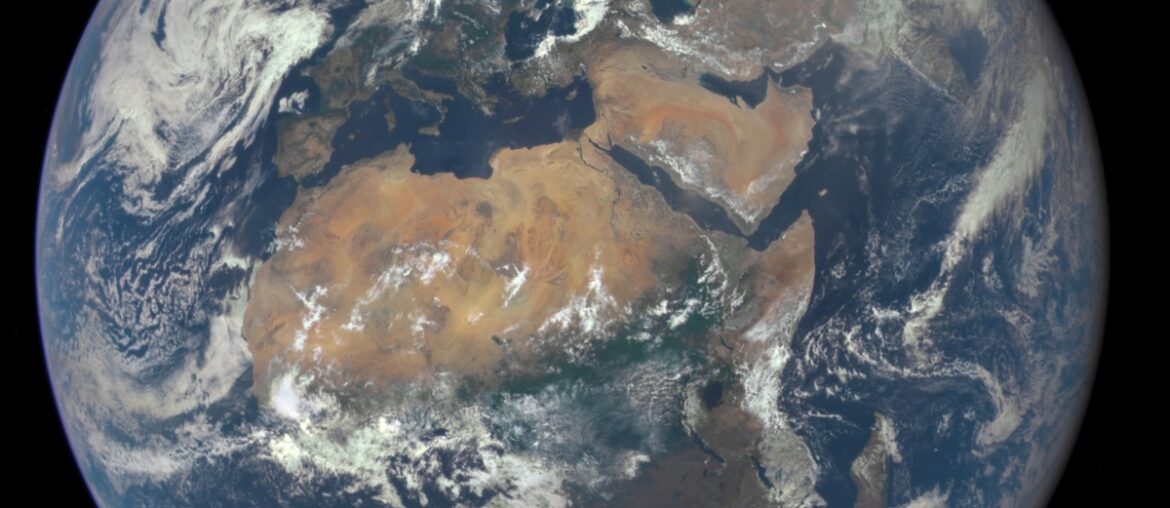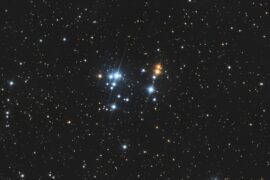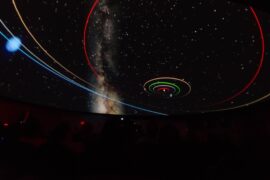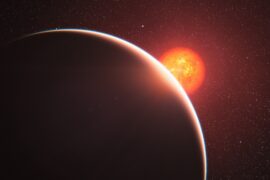Ancient sky-watchers called planets “wandering stars.” Ptolemy’s Almagest (c. 150 AD) recorded that confusion, and the distinction only became clear with telescopes and modern astrophysics. The difference between star and planet matters for navigation, for understanding how systems form, and for the search for life beyond Earth. The Sun—about 4.6 billion years old—anchors our understanding of stellar and planetary evolution.
Below are 11 specific, science-backed differences grouped into three categories: Physical & Formation; Observable & Behavioural; and Contextual & Functional. Each point pairs concrete numbers and real observations so you can see why astronomers sort objects the way they do.
Physical & Formation Differences
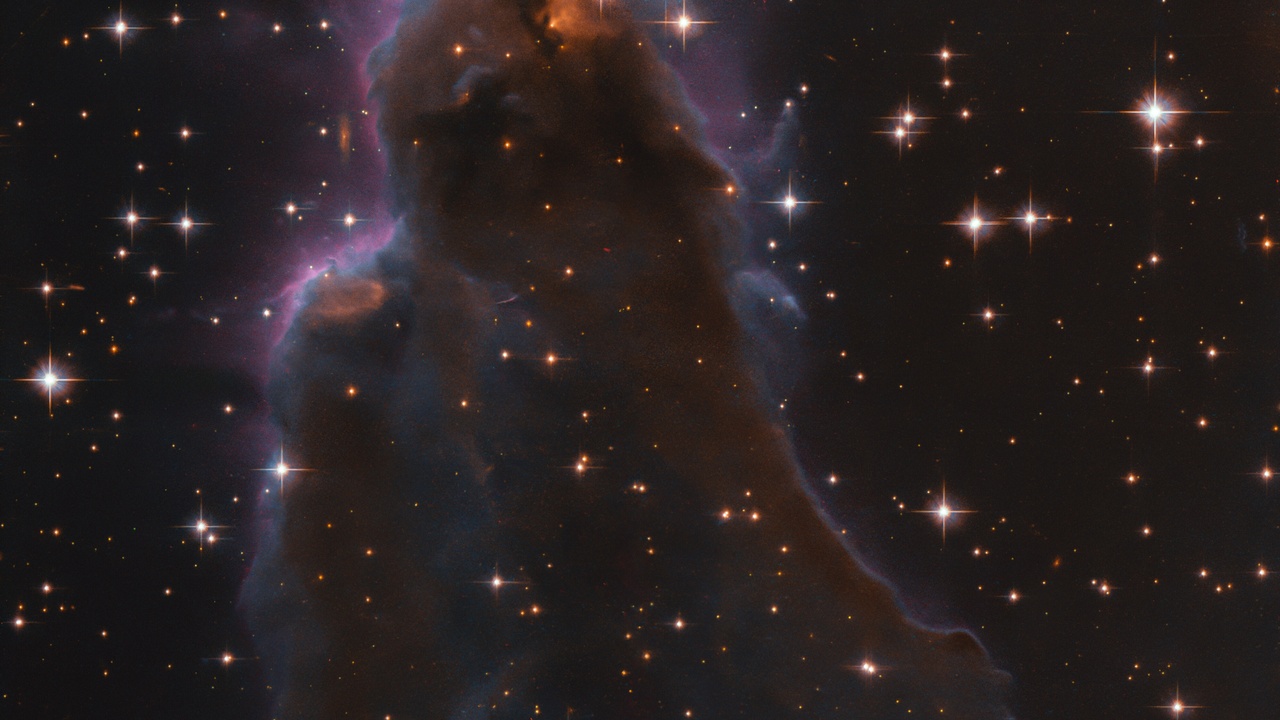
This category covers how stars and planets differ at birth and in internal makeup, and why those differences lead to distinct behaviors over time. The birthplace and mass determine whether an object will ignite fusion, and why intermediate objects like brown dwarfs blur the lines. For more on the collapse of clouds into protostars, see How stars form from molecular clouds.
1. Nuclear fusion and intrinsic light production
The primary difference between star and planet is that stars produce energy by sustained nuclear fusion in their cores while planets do not. Hydrogen fusion requires core temperatures of order 10 million kelvin; the Sun’s core is about 15 million K and its luminosity is roughly 3.8 × 10^26 watts.
Fusion powers a star’s light, heat, and lifecycle stages—from main sequence to red giant and, for massive stars, supernova. Planets shine only by reflected starlight and by internal heat from formation or radioactive decay. Brown dwarfs sit between these categories: many can burn deuterium briefly (around the ≈13 Jupiter-mass mark) but lack sustained hydrogen fusion.
- Sun mass: 1.99 × 10^30 kg
- Fusion ignition threshold: ~0.08 solar masses (≈80 Jupiter masses)
- Brown dwarf deuterium fusion: ≈13 Jupiter masses
2. Mass and size thresholds
Mass is the primary divider: stars are far more massive than planets, and a minimum mass is needed to ignite sustained fusion. The difference between star and planet often comes down to orders of magnitude in mass and the resulting central pressure and temperature.
By comparison: the Sun has mass 1.99 × 10^30 kg, while Jupiter is about 1.90 × 10^27 kg—roughly 1/1000th of the Sun. Brown dwarfs occupy the ≈13–80 Jupiter-mass range, creating classification challenges for massive companions. Astronomers use these mass limits when labeling objects detected by telescopes or radial-velocity surveys.
Mass determines fate: objects above ~0.08 solar masses can sustain hydrogen fusion, lower-mass objects cannot and behave like planets or brown dwarfs instead.
3. Composition: gases, cores, and atmospheres
Stars are overwhelmingly hydrogen and helium plasma, while planets show diverse compositions: rocky, icy, or gaseous. The difference between star and planet appears clearly when comparing elemental fractions and internal structures.
The Sun’s composition by mass is roughly 71% hydrogen and 27% helium, with heavier elements making up the rest. Terrestrial planets like Earth have iron-rich cores and silicate mantles; Earth’s mean density is about 5.5 g/cm³. Gas giants like Jupiter are dominated by H/He envelopes with estimated heavy-element cores of order 10–30 Earth masses and a mean density around 1.3 g/cm³.
Composition affects radius, density, spectra, and how objects respond to heating and tidal forces.
4. Formation processes and timescales
Stars form from collapsing molecular clouds; planets form later within the resulting circumstellar (protoplanetary) disks. This distinction — the difference between star and planet at birth — explains why planets orbit and why stars remain central.
Star-formation timescales vary with mass: a protostar can contract to the main sequence in ~100,000 to 10 million years. Planets assemble in protoplanetary disks over roughly 1–10 million years via planetesimal accretion and core growth. ALMA images (for example, HL Tauri) show disk gaps and rings consistent with early planet formation.
Radiometric dating places the Sun and solar system at about 4.568 billion years, with planets assembling within tens of millions of years after the Sun’s birth.
Observable & Behavioural Differences
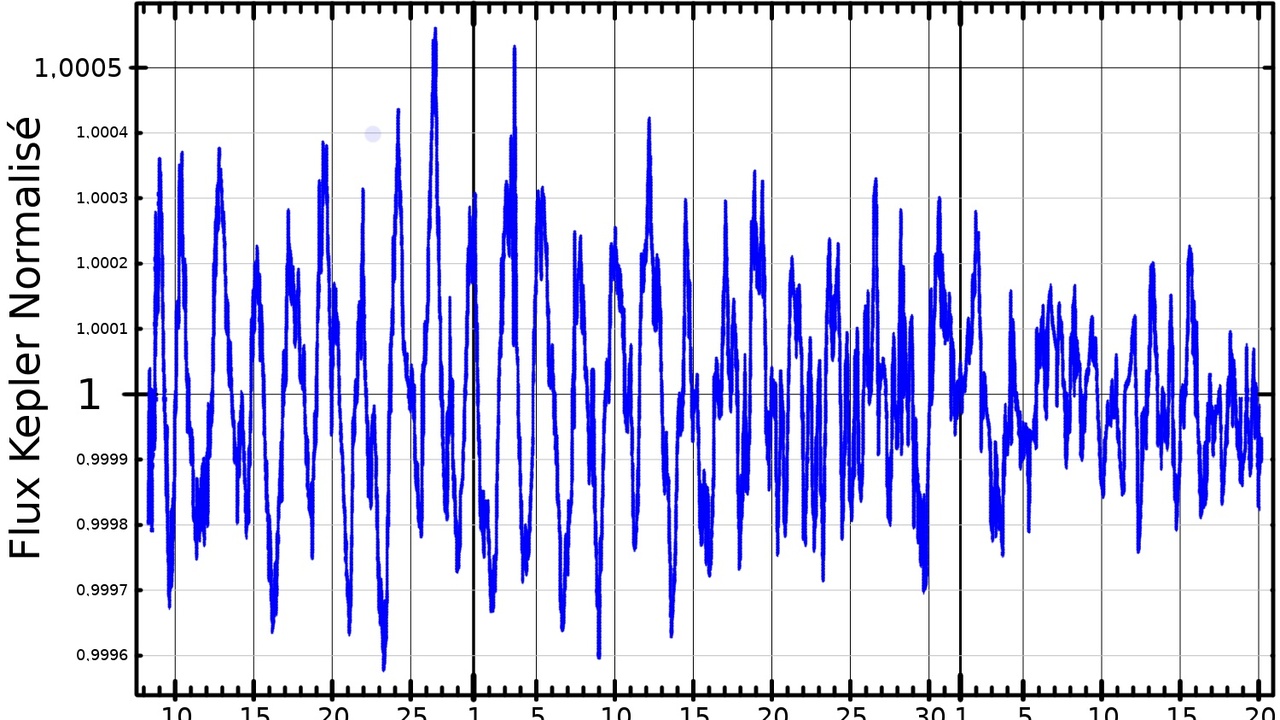
This category explains how stars and planets differ in what we observe from Earth and space-based instruments. Spectra, apparent motion, variability, and phase behavior give astronomers direct ways to tell objects apart. Instruments like spectroscopy, transits, and radial-velocity measurements exploit these differences.
5. Light, spectra, and chemical fingerprints
Stars emit continuous spectra with absorption lines produced by hot plasma, while planets mainly reflect starlight and emit thermal radiation. That spectral contrast is a core observational difference between star and planet.
Stellar spectral classification (OBAFGKM) encodes temperature and composition; the Sun is a G2V star. Planet spectra tend to be dominated by reflected starlight in the visible and thermal emission in the infrared, with molecular features (water vapor, sodium, methane) in transmission or reflection spectra. Hubble and JWST have detected water vapor and other molecules in hot-Jupiter atmospheres.
- Instruments: Hubble Space Telescope, JWST, VLT
- Star example: Sun’s absorption-line spectrum (Fraunhofer lines)
- Planet example: JWST detections of atmospheric water on exoplanets
6. Apparent motion and orbital behavior in the sky
Planets show apparent wandering relative to background stars and can display retrograde apparent motion, whereas stars maintain fixed patterns except for very slow proper motion. That motion difference is an observational signature of the difference between star and planet.
Ancient astronomers tracked Mars’ retrograde loops; modern orbital mechanics (Kepler’s laws) explain them as relative orbital motion. Today, precise astrometry (for example, Gaia) and radial-velocity surveys reveal tiny stellar wobbles caused by orbiting planets, turning motion into a detection tool.
Mercury and Venus show changing elongations and phases tied to their inner orbits, while background stars preserve constellations over human timescales.
7. Phases, transits, and eclipses
Some planets display phases and can transit their star, producing measurable dips in starlight — phenomena stars don’t produce by themselves. This observational difference between star and planet underpins many exoplanet discoveries.
Transit depth scales as (planet radius / star radius)^2: an Earth-sized planet transiting a Sun-like star causes about a 0.01% dip. Missions like Kepler discovered thousands of planet candidates by detecting these periodic dips, and TESS continues that work. For details on the technique, see How exoplanet transits work (Kepler and TESS).
Historical note: Galileo observed phases of Venus, evidence that Venus orbits the Sun rather than Earth.
8. Variability and life cycle events
Stars undergo dramatic lifecycle events—flares, pulsations, supernovae—whereas planets experience slower geological and atmospheric changes. That contrast is a clear behavioral difference between star and planet.
Stellar variability can be extreme: a core-collapse supernova can release order 10^44 joules, and G-type stars like the Sun typically live around 10 billion years. Planetary geology evolves over billions of years through tectonics, volcanism, and atmospheric escape. Stellar flares and supernovae directly affect planetary climates and atmospheric retention.
Examples include SN 1987A as a nearby supernova observed in 1987, and solar flares that have caused geomagnetic storms on Earth disrupting communications.
Contextual & Functional Differences
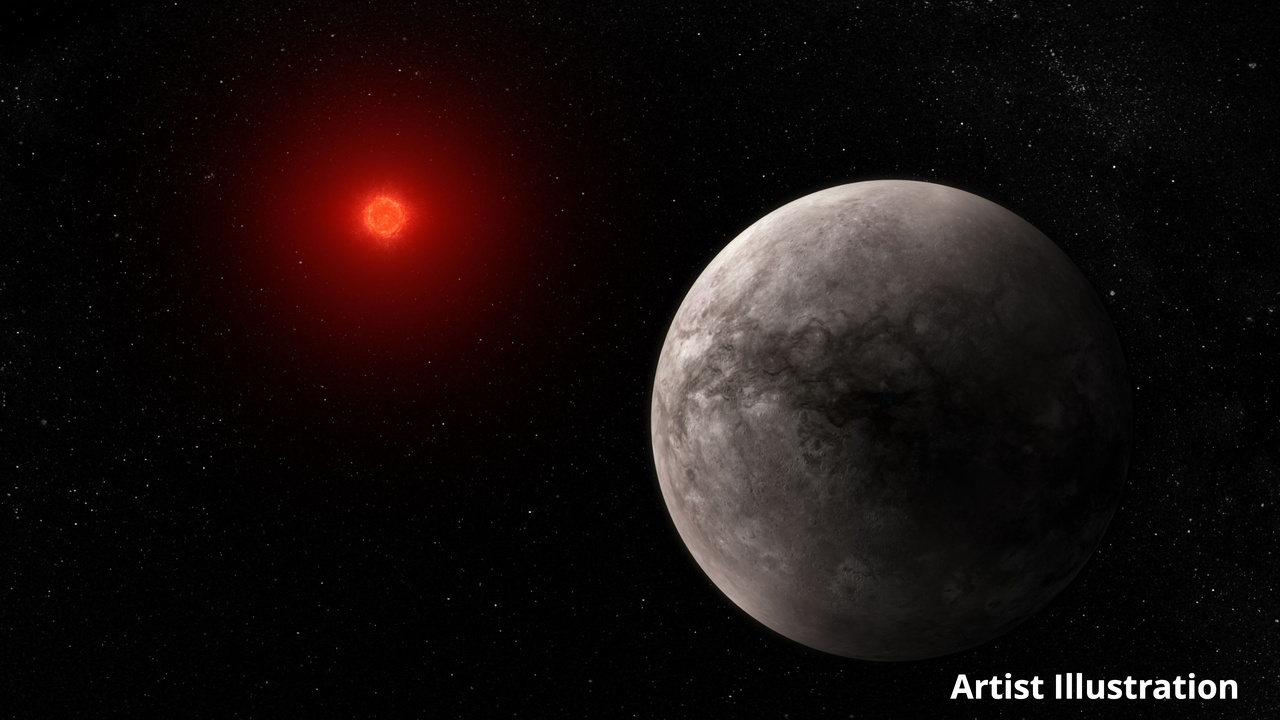
This category focuses on the roles stars and planets play in systems. Stars are central energy sources and gravitational anchors; planets are orbiting bodies that can host moons, rings, and, potentially, life. System architecture and dynamics follow from these roles.
9. Central role in systems and gravitational dominance
Stars serve as the gravitational and energetic centers of planetary systems, while planets orbit them and can clear their orbital zones. That systemic role is a defining difference between star and planet.
The Sun contains about 99.8% of the Solar System’s mass, so it sets orbital architecture and the locations of stable belts and resonances. The IAU’s planet definition includes the idea of clearing the neighborhood; see What is a planet? IAU definition explained for more on that classification.
Jupiter exerts strong gravitational influence, sculpting the asteroid belt and affecting impact rates on the inner planets through resonance and scattering.
10. Potential to host life and define habitable zones
Stars determine habitable zones via luminosity while planets supply the environments where life may arise—this interplay highlights a practical difference between star and planet.
Habitable zone distance scales with the square root of luminosity; Earth sits at 1 AU in the Sun’s habitable zone. Stellar type matters: M-dwarfs have close-in habitable zones that expose planets to strong flares, while Sun-like stars put habitable distances farther out. The TRAPPIST-1 system illustrates multiple terrestrial-size worlds in or near an M-dwarf habitable zone, but stellar activity complicates habitability.
Real habitability depends on planet attributes—atmosphere, water inventory, magnetic field—not just distance from the star. There are eight recognized planets in our Solar System, with Earth as the one known example of life-hosting conditions.
11. Satellites, rings, and geological diversity
Planets commonly host moons, rings, and diverse geological processes, whereas stars rarely have comparable, bound satellite systems. That ecological difference is another practical difference between star and planet.
Gas giants boast extensive systems: Jupiter has 79 known moons; Saturn’s rings are massive and structured. Moons can be potential habitats—Europa and Enceladus show subsurface oceans, with Enceladus producing water plumes measured by Cassini. Terrestrial worlds show volcanism and surface liquids too: Io’s intense volcanism and Titan’s methane lakes are striking examples.
These satellites and geologic processes create niches for chemistry and potential biology that stars themselves do not provide.
Summary
- Stars produce energy by sustained nuclear fusion while planets only reflect light and rely on internal heat—fusion versus reflected/thermal light is the most fundamental split.
- Mass thresholds separate the two: stars dwarf planets (Sun ≈1.99 × 10^30 kg vs. Jupiter ≈1.90 × 10^27 kg), with brown dwarfs occupying the ≈13–80 Jupiter-mass gray zone.
- Observationally, stars give continuous spectra and strong variability; planets show phases, transits, and reflected/thermal features that reveal atmospheres and sizes.
- Functionally, stars set system architecture and habitable zones, while planets host moons, rings, and geological activity that create potential habitats (think Earth, Europa, Enceladus).
Want something to try right away? Watch for a visible planetary transit or observe Venus’ phases through a small telescope, and follow missions like JWST, TESS, and Gaia to see these differences revealed in real time.
Enjoyed this article?
Get daily 10-minute PDFs about astronomy to read before bed!
Sign up for our upcoming micro-learning service where you will learn something new about space and beyond every day while winding down.

